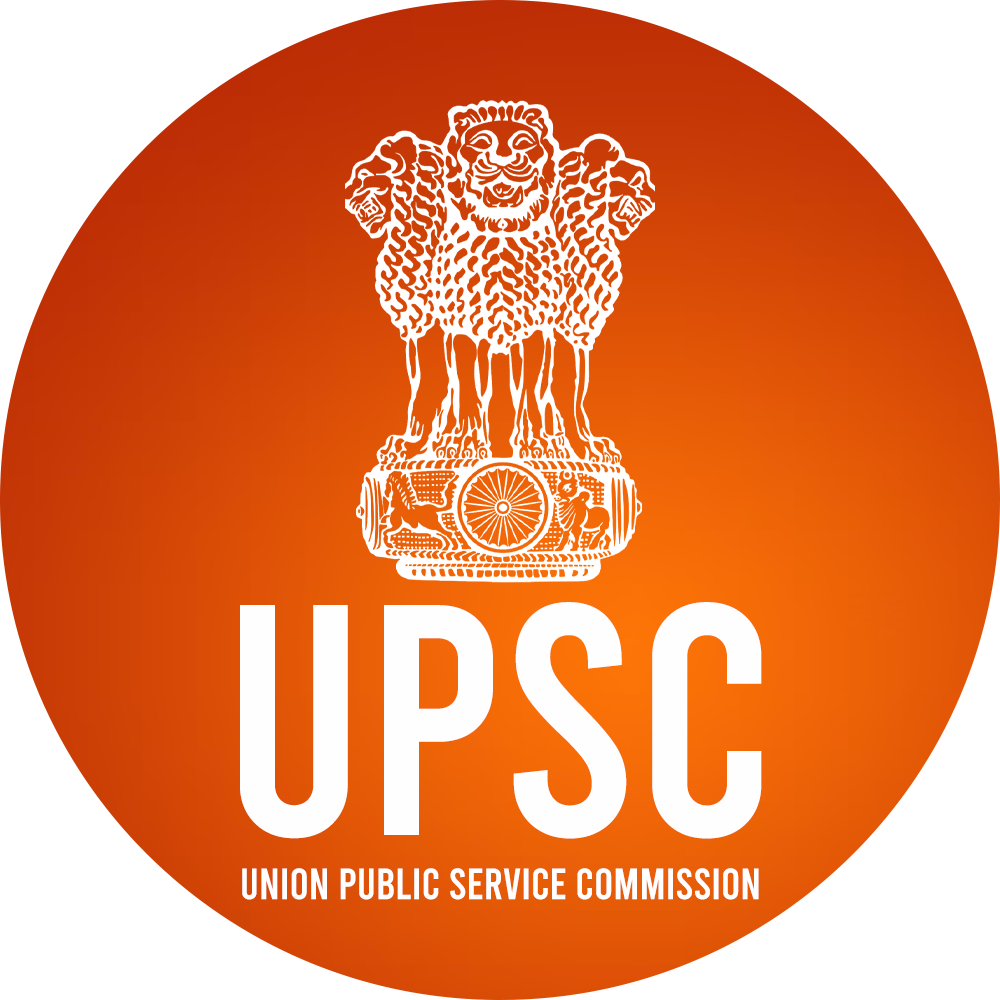The Ministry of Housing and Urban Affairs unveiled a national blueprint aligned with the Viksit Bharat@2047 vision to ensure direct tap-based clean drinking water access for all citizens.
- Emphasis on reducing reliance on bottled water and tankers, focusing on sustainable water infrastructure, digital systems, and recycling.
Objectives of the Blueprint
- Universal Access: Ensure safe, potable water from taps in all rural and urban households.
- Infrastructure Upgrade: Strengthen and modernize water treatment and distribution systems.
- Water Quality: Improve treatment to prevent waterborne diseases and contamination.
- Smart Management: Use IoT, smart meters, sensors for monitoring usage, leakages, and pressure levels.
- Recycling Target: Treat and reuse 10,000 MLD of water for agriculture, urban, and industrial use.
- Water Body Revival: Restore lakes, rivers, ponds, and promote green urban infrastructure.
Current Status of Drinking Water in India
- Jal Jeevan Mission (JJM):
- As of Feb 2025, 44 crore rural households have tap water (79.74% coverage).
- Target: 100% by 2026.
- Urban Access:
- 93% of urban population had basic water access by 2019.
- Under AMRUT (2015): 1.73 crore new urban tap connections (as of Nov 2023).
- AMRUT 2.0 targets 24×7 supply, water security, and full coverage by 2026.
- Groundwater Dependency:
- Supplies 85% of rural and 48% of urban drinking water.
- 30+ million access points (hand pumps, tube wells).
- Water Quality:
- Only 6% of urban homes get drinkable water from the municipal tap.
- Nonylphenol, a toxic chemical, found in many drinking water samples; no Indian regulation yet.
Challenges to Universal Access
- Water Scarcity:
- India has 4% of global freshwater for 17% of global population.
- Per capita water availability: 1,486 m³ (2021); projected 1,367 m³ (2031) – water-stressed status (<1,700 m³).
- Projected deficit by 2050: 256 BCM.
- Urban Stress:
- Rising demand, over-extraction, and slum dependency on unsafe private sources.
- Cities like Bengaluru face severe shortages despite infrastructure expansions.
- Infrastructure Deficit:
- Only 21.4% of Indian households have piped drinking water (NSSO 76th round).
- Only 28% of urban wastewater is treated.
- Governance Gaps:
- 16 states scored <50 in NITI Aayog’s Composite Water Index.
- Over-reliance on engineering solutions (dams, borewells), neglecting river and catchment health.
- Groundwater Depletion:
- Driven by free electricity, subsidized farming, and over-irrigation.
- Leads to salinity, contamination, and declining water tables.
- Water Quality Hazards:
- Unregulated chemicals like Nonylphenol.
- Inadequate monitoring and regulation in both rural and urban areas.
- Behavioral Challenges:
- Public water wastage, lack of water-use efficiency, and resistance to conservation norms.
Best Practices and Recommendations
Case Study: Puri, Odisha
- First city to implement 24×7 “Drink from Tap” initiative under JJM.
- Benchmark for urban potable water delivery.
Smart Water Tech
- Integrate AI, IoT, and GIS for leak detection, usage monitoring, and real-time alerts.
- Promote solar-powered water purification units in off-grid areas.
Recycling & Reuse
- Mandate treated wastewater reuse for agriculture and construction.
- Encourage industrial recycling systems and zero liquid discharge norms.
Rainwater & Aquifer Recharge
- Mandate rainwater harvesting in urban buildings.
- Implement urban permeable surfaces to reduce runoff and improve groundwater recharge.
Agricultural Demand Management
- Promote micro-irrigation (e.g., drip, sprinkler) via PM Krishi Sinchai Yojana.
- Reduce subsidies for water-intensive crops like sugarcane and paddy.
Policy & Legal Reforms
- Implement graded water tariffs to promote conservation.
- Amend the Model Groundwater Bill to regulate extraction and improve recharge.
Way Forward
- Integrate water strategy with climate-resilient infrastructure, urban planning, and community ownership.
- Enhance inter-state river water cooperation and data-sharing mechanisms.
- Ensure equity and inclusiveness in water delivery—focus on rural, tribal, and marginalized groups.
With visionary schemes like JJM and AMRUT 2.0, and blueprint-based planning under Viksit Bharat@2047, India is on a strong path toward universal clean water access.
However, achieving this requires systemic reforms, water-smart cities, climate preparedness, and behavioral change.






